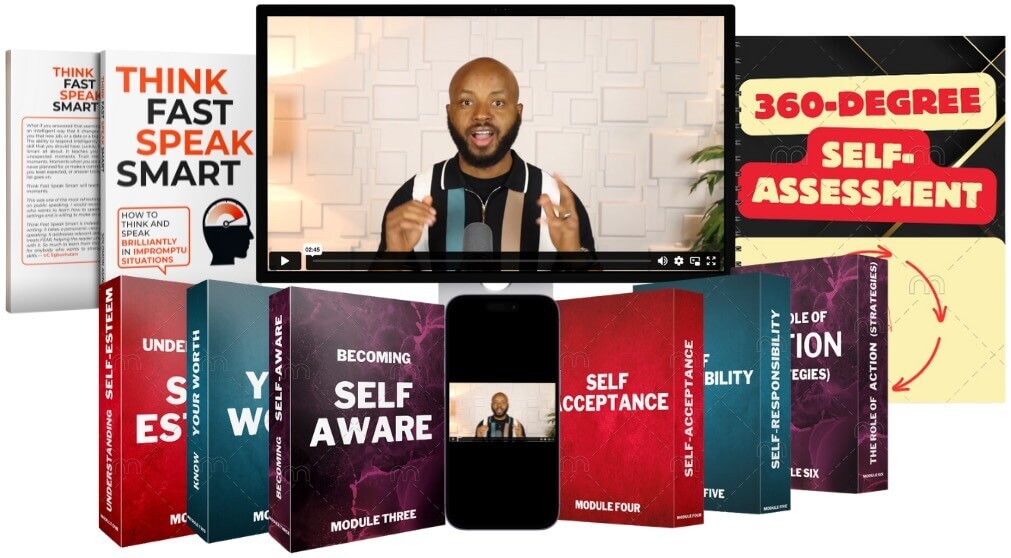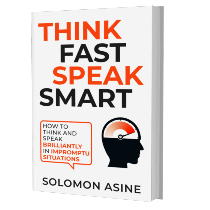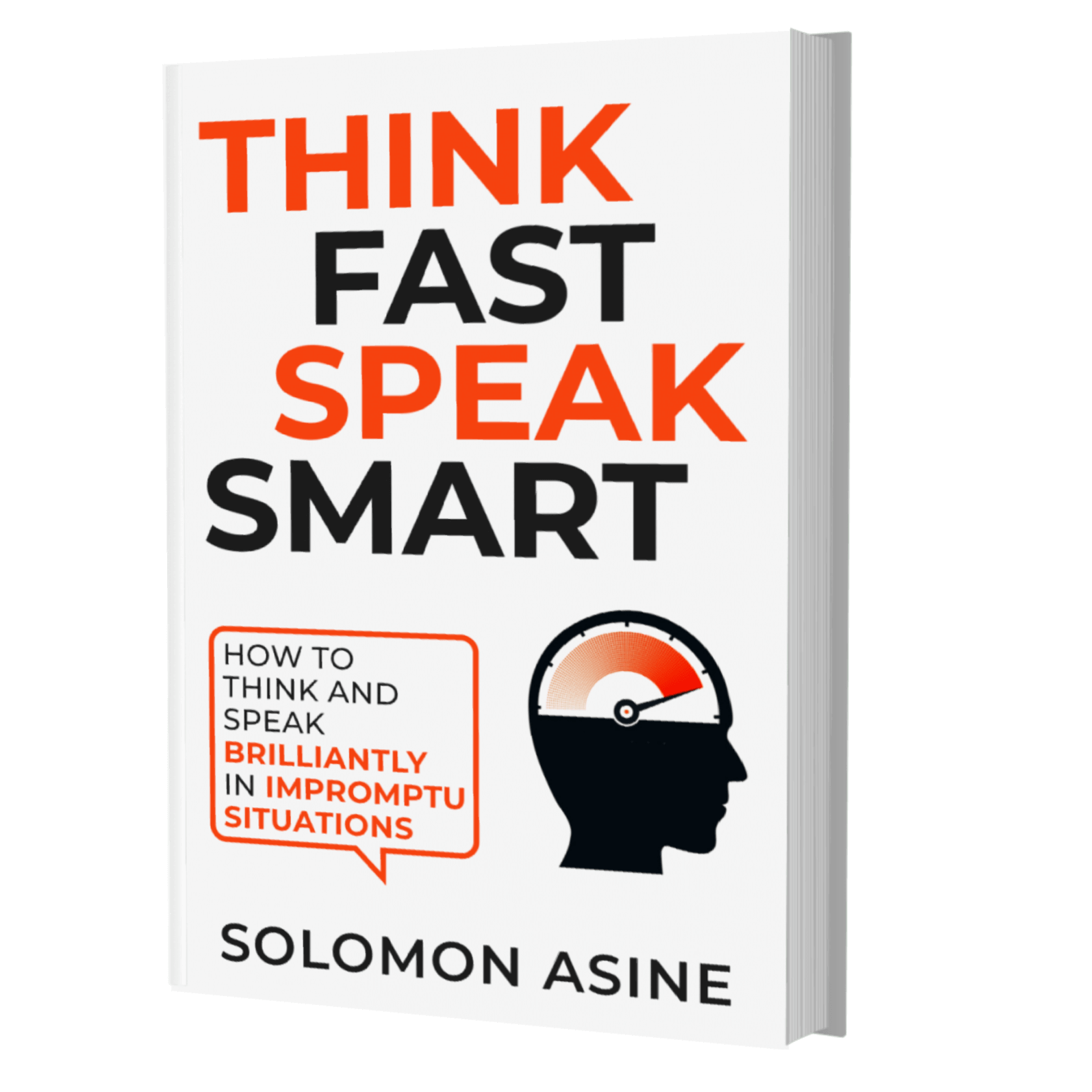
Leaving a Toxic Job: 10 Steps to Get Out
Have you ever found yourself stuck in a job that drains the life out of you? A challenging 9 to 5 job can be difficult
A Q&A session provides an opportunity for an audience to get clarity on ambiguous points after a presentation. It is also a time for people to ask the questions they had in mind of which the speaker did not address. In essence, Q&A sessions are very crucial when a speaker intends to have one.
Every speaker who is interested in being the best at the craft must understand how to manage the aspect of a presentation. When a Q&A session is poorly managed, it quickly dents the reputation of the speaker.
Often, Q&A sessions are interrupted by audience members who ask conflicting questions to test the depth of the presenter’s knowledge or simply for show.
According to Eric Holtzclaw, a columnist at inc.com, some questions are intended to either, make the person asking the question look smarter, or make the responder (you) look dumb.
There are steps a speaker can take to ensure that they are not caught off guard by a question or a member of the audience during Q&A.
In this article, we will consider some of the things you can do to prepare for this session, things you do during the session to ensure a smooth progression, and things you can do to end the session successfully.
Just as you spend time to prepare for your presentation, it is important to pay particular attention to preparing for your Q&A session. Here are some things you can do to prepare.
In order not to be caught by surprise, it helps to prepare a list of potential questions that are likely to be asked during the Q&A and prepare your answers to those questions. Doing this will help you boost your confidence when those questions are eventually asked.
Also, it helps to prepare your mind to face questions that you probably cannot answer. By preparing your mind for these questions, you eliminate the chance of being caught by surprise.
In the process of your presentation, be sure to inform the audience that there is a session where they can ask whatever questions they have and have their confusion cleared up. This helps improve engagement, especially in an audience where a misunderstanding is already stirring.
Simple statements like “I’m sure some of you have questions. I will be more than happy to help clear them up at the end of the presentation.” go a long way in ensuring the audience focuses on you.
If people walk out of your presentation with more doubts and questions than answers, you have done a terrible job. It is that simple. Always encourage your audience to ask their questions at the right time, and be sure to provide them with the answers.

This session can be very tricky, depending on the audience and the subject of the presentation. To lead the Q&A session effectively, you must exert the most control. Here are some tips to guide you during the Q&A session.
After a member of the audience has asked a question, be sure to repeat the question in your own, simpler words for the benefit of the general audience who may not have heard the question. This is also important to ensure that you are on the same page with the questioner. Also, it gives you a little bit of time to think through the question, which could help you present your answer in a better way.
Sometimes, speakers make the mistake of assuming every person in their audience has the same level of understanding. This mindset usually impacts how speakers communicate with the audience during the Q&A.
To ensure everyone benefits from the session, always breakdown questions and answers to ensure a general understanding. If it means using the simplest language to communicate your answer, then do it. Ensure that after you have answered a question, someone else does not ask the same question in a “different language.”
With questions and answers sessions, timing is very important. You may have a very small window of time to take questions. To make the most of it, put a limit to the number of questions you can take. For example, you could say, “We only have enough time for three questions.” Doing this gives you enough time to answer the questions fully.
Always be open to the possibility of hostility during a Q&A session. Sometimes, hostility can be a simple disagreement that quickly escalates. At other times, it could be an argument where someone tries to prove they understand the subject more than you do. In many cases, hostility comes in the form of an attempt to embarrass you.
When you encounter someone who has a completely different opinion from you and will not let it go, instead of going on and on, say something like “see me after this after this presentation, so I can make it clearer to you.” Whatever the case, always be in the moment and find quick and gentle ways to douse or divert attention from the situation.
While taking questions from a member of the audience, it is important to pay full attention to that person asking the question. Have your eyes and ears on that person, and face them directly when possible. Ensure that everyone in the audience can see or tell that your attention is on that person at that point. It shows that you care about what they have to say.
Sometimes, people take advantage of Q&A sessions to ask questions that are not related to the topic in any way. People often do this to throw the speaker off balance or to get clarity on something that has bothered them for a long time. Remember, any deviation from the topic of focus eats into your time, and it is your responsibility to keep everyone on track.
If you notice any such questions, remind the person that the question is slightly off-topic, let them know that for the sake of time, you may not be willing to take that question, and invite them to engage you after the presentation.
Always remember that the value of a presentation can be tested by how satisfied the audience is at the end. This is the reason why Q&A sessions exist; to ensure that people go home with answers and no questions (potentially).

To empower you to cultivate a strong self-esteem that transforms your relationships and equips you to overcome life’s obstacles with resilience
New!!! Free Training Replay in...
Check out our latest articles. Boost your social intelligence

Have you ever found yourself stuck in a job that drains the life out of you? A challenging 9 to 5 job can be difficult

You can express yourself confidently without feeling shy or experiencing burnout. Here is how to exude confidence as an introvert. As an introvert, maintaining your

Anyone, including introverts, can live an interesting and fun-filled life. Here is how to be interesting as an introvert. Generally, many people believe that introverts

We sometimes wonder if going into a relationship with a fellow introvert is a good idea. I mean, won’t the relationship be as boring as hell? Maybe not really!

Are you ready to get out of your shell to start your dream business? Here is how to be an entrepreneur as an introvert and become successful!

As an introvert, you might be wondering if you really can become successful as a business owner. Read on to know how business success works for introverts.

Sign up for our mailing list and you will receive the first chapter free!
By signing up, you agree to our terms and privacy policy.
Warning: Apply The Methods in This Training Responsibly

Sign up for our mailing list and get the first chapter for free!
By signing up, you agree to our terms and privacy policy